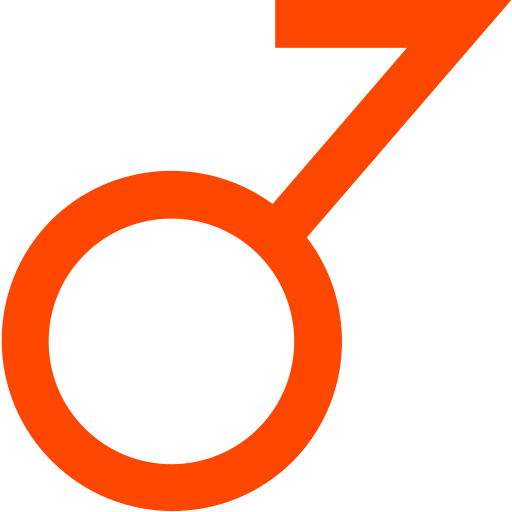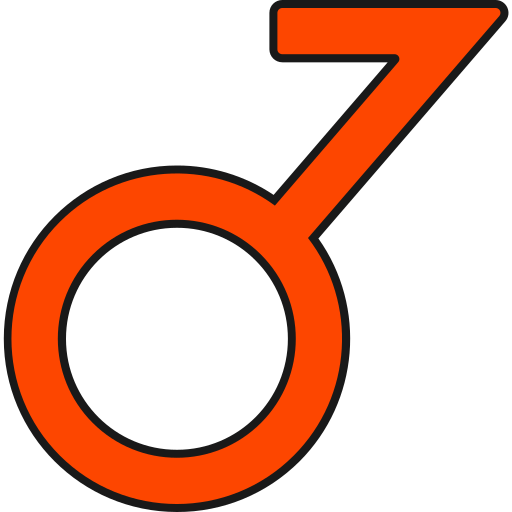Understanding the term "demiboy" is essential in today's evolving discussions about gender identity and expression. As society becomes more inclusive, recognizing and respecting diverse gender identities has become crucial. If you're exploring this topic, you're in the right place to learn everything you need to know about what it means to be a demiboy.
Gender identity is a deeply personal aspect of who we are, and for some individuals, identifying as a demiboy provides a meaningful way to express their connection to masculinity. This article will delve into the concept of demiboy, its significance, and how it fits into the broader landscape of gender diversity.
By the end of this comprehensive guide, you'll have a clearer understanding of what it means to be a demiboy and why it's important to approach this identity with respect and empathy. Let's dive in!
Read also:Aaron Pierre Family A Closer Look Into Their Lives And Legacy
Table of Contents
- Introduction to Demiboy
- What is a Demiboy?
- Origins and History of the Term
- Key Characteristics of a Demiboy
- Demiboy in the Gender Identity Spectrum
- Challenges Faced by Demiboys
- How to Support Demiboy Identities
- Demiboy Community and Representation
- Frequently Asked Questions About Demiboys
- Conclusion: Embracing Gender Diversity
Introduction to Demiboy
Why Understanding Gender Identity Matters
Gender identity is a vital part of human experience, and it's becoming increasingly important to educate ourselves about the diverse ways people express their gender. For those unfamiliar with the term, "demiboy" represents a unique and meaningful identity within the spectrum of gender diversity.
What is a Demiboy?
A demiboy, sometimes referred to as a demi-boy or demi-boy, is someone who partially identifies as male, regardless of their assigned gender at birth. This identity falls under the non-binary umbrella, meaning that demiboys may not fully align with traditional male or female identities. Instead, they experience a partial connection to masculinity.
It's important to note that being a demiboy is not about rejecting other aspects of one's identity but rather embracing a nuanced understanding of gender. For many, this identity provides a sense of clarity and belonging.
Origins and History of the Term
The term "demiboy" emerged as part of the growing recognition of non-binary and gender-fluid identities. While the exact origins of the word are unclear, it gained popularity in online communities dedicated to discussing gender diversity. The prefix "demi-" comes from the French word meaning "half," symbolizing the partial connection to masculinity.
As societal awareness of gender identity continues to evolve, terms like "demiboy" have become essential tools for individuals seeking to express their authentic selves.
Key Characteristics of a Demiboy
Common Traits and Experiences
Demiboys often share certain characteristics, though it's important to remember that everyone's experience is unique:
Read also:Wcoforever Tv Your Ultimate Guide To Streaming Anime And Cartoons
- A partial but significant connection to masculinity.
- A sense of not fully identifying as male or female.
- Comfort with blending masculine and other gender expressions.
- A desire to express themselves in ways that align with their identity.
These traits can vary widely depending on the individual's personal journey and cultural context.
Demiboy in the Gender Identity Spectrum
The concept of a demiboy fits within the broader spectrum of gender identities. It acknowledges that gender is not a binary construct but rather a fluid and multifaceted experience. By recognizing identities like demiboy, we move closer to a more inclusive understanding of human diversity.
Understanding the gender spectrum helps dismantle outdated stereotypes and fosters a more supportive environment for all individuals.
Challenges Faced by Demiboys
Social and Cultural Barriers
Despite growing awareness, demiboys and other non-binary individuals often face challenges in their daily lives. These can include:
- Misgendering by others who don't understand or respect their identity.
- Limited representation in media and mainstream culture.
- Difficulty accessing gender-affirming healthcare and resources.
- Navigating societal expectations and biases.
Addressing these challenges requires education, empathy, and active allyship from the broader community.
How to Support Demiboy Identities
Practical Steps for Allies
Supporting demiboys and other non-binary individuals starts with education and respect. Here are some actionable steps you can take:
- Use the correct pronouns and terminology when referring to someone's identity.
- Advocate for inclusive policies in workplaces, schools, and communities.
- Listen to and amplify the voices of demiboys and other gender-diverse individuals.
- Challenge harmful stereotypes and misinformation about gender identity.
By taking these steps, you can help create a safer and more welcoming world for everyone.
Demiboy Community and Representation
The demiboy community is vibrant and growing, with many individuals finding connection and support through online platforms and local groups. Social media, in particular, has played a pivotal role in fostering visibility and solidarity among demiboys and allies.
Representation in media and popular culture is also improving, though there is still much work to be done. Supporting content creators who authentically portray demiboy experiences can make a significant difference.
Frequently Asked Questions About Demiboys
Clarifying Common Queries
Here are some frequently asked questions about demiboy identities:
- Can anyone identify as a demiboy? Yes, anyone who feels a partial connection to masculinity can identify as a demiboy.
- Do demiboys use specific pronouns? Pronoun usage varies by individual, so it's always best to ask and respect their preferences.
- Is being a demiboy the same as being transgender? Not necessarily. While some demiboys may also identify as transgender, others may not.
These questions highlight the importance of approaching gender identity with curiosity and respect.
Conclusion: Embracing Gender Diversity
In conclusion, understanding what it means to be a demiboy is a crucial step toward fostering a more inclusive society. By recognizing and respecting diverse gender identities, we can create a world where everyone feels seen and valued.
We invite you to continue learning and exploring this topic further. Share your thoughts and experiences in the comments below, and don't hesitate to reach out if you have questions or need support. Together, we can build a brighter, more inclusive future for all.
For more insights into gender identity and related topics, explore our other articles and resources. Let's keep the conversation going!
Data Sources: Human Rights Campaign, GLAAD, and ILGA.


